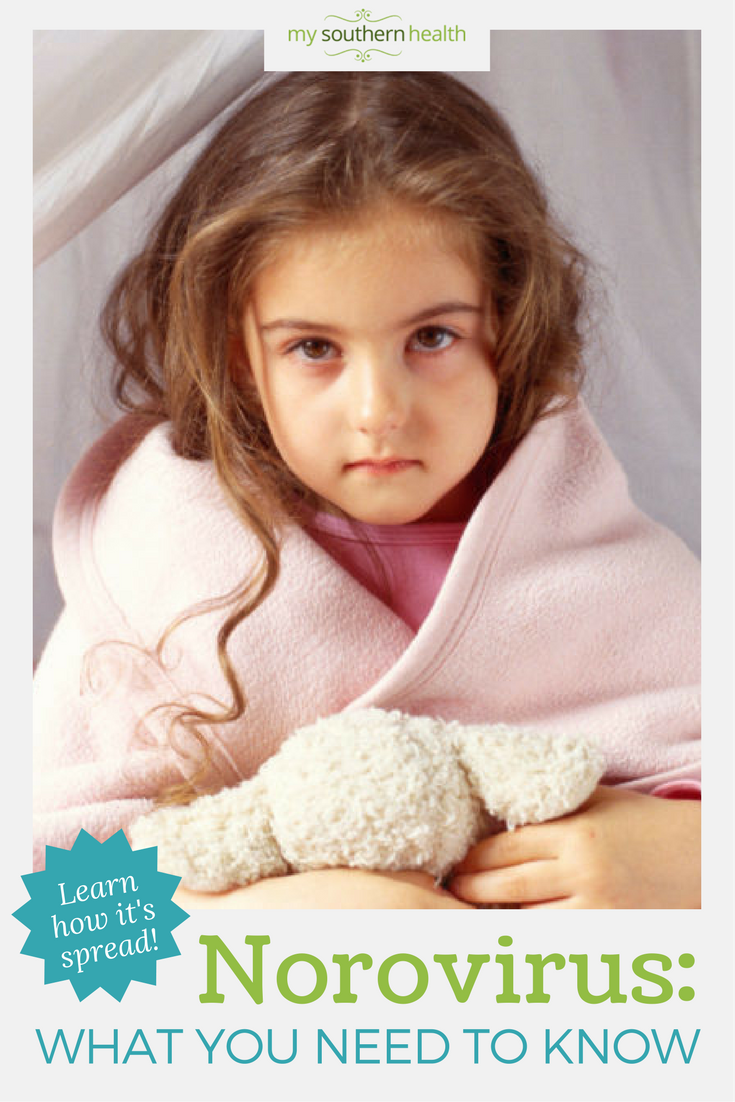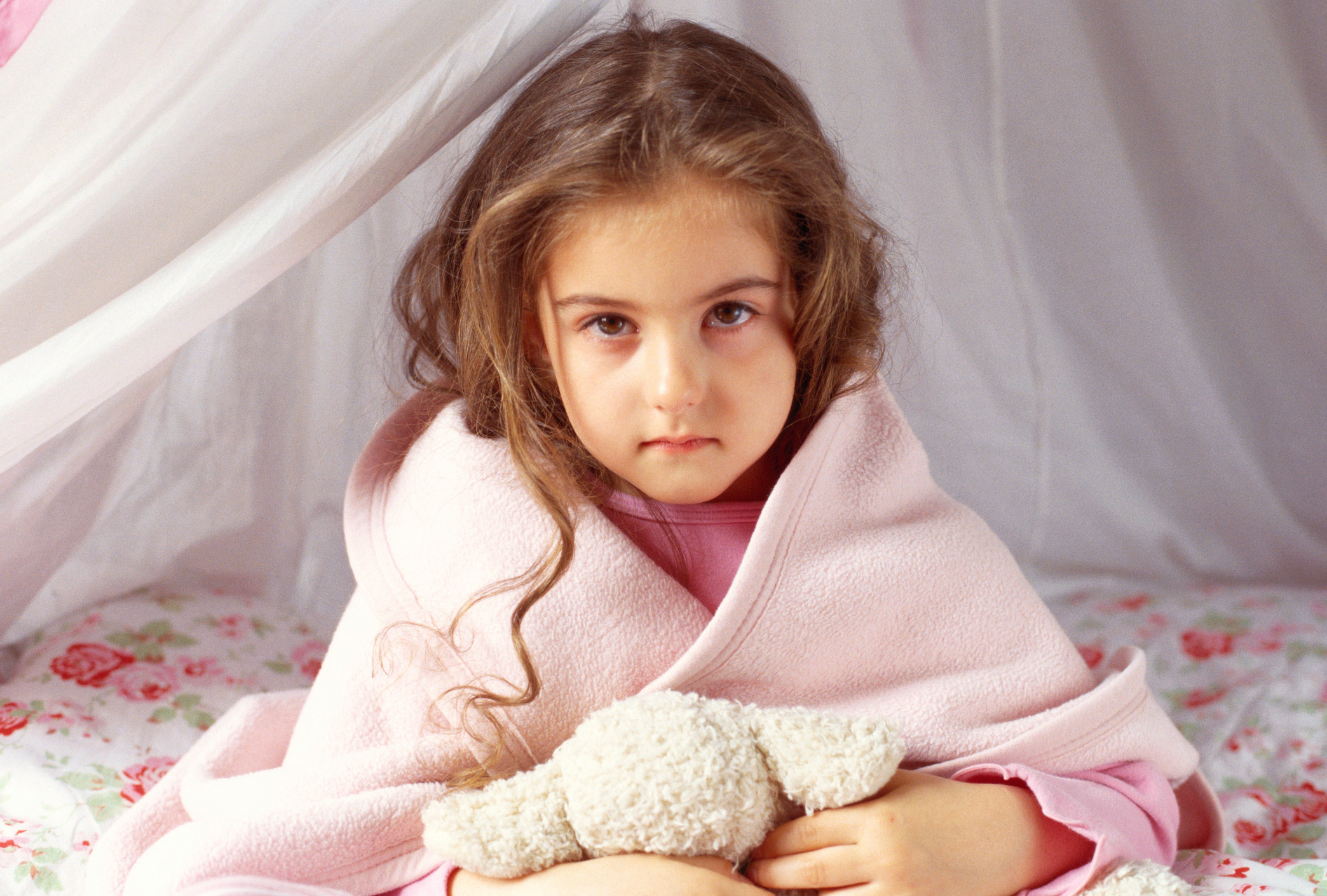Just a few viral particles on food or surfaces can cause norovirus.
This winter, many schools across the country are shutting their doors for several days to curb the spread of norovirus, commonly known as the stomach bug. Also called “winter vomiting disease” because people usually get sick with it in cooler months, or “cruise ship disease” because of severe outbreaks on cruise ships, norovirus is easily transmissible, and wreaks havoc on the digestive system.
What is norovirus?
Norovirus is a highly contagious virus that can infect anyone. You can get it from an infected person, from contaminated food or water, or by touching contaminated surfaces. Infection with norovirus causes an illness called gastroenteritis, an inflammation of the stomach and intestines. Norovirus symptoms usually include stomach pain or cramping, vomiting and diarrhea. This makes it particularly dangerous for young children and older adults, as it can cause severe dehydration.
Norovirus prevention
Norovirus is so infectious because just a few viral particles on food or surfaces can make you sick. You can even get it through exposure to someone else vomiting, which produces a microscopic spray of viruses. And the virus lingers a long time on surfaces, which makes classrooms particularly vulnerable. Children, who often don’t have the best hygiene habits, usually get it because they touch everything.
“Wash your hands. Wash your hands. Wash your hands!” says William Schaffner, M.D., professor of Preventive Medicine & Infectious Diseases at Vanderbilt University Medical Center. “This virus spreads so easily and stays around on surfaces for so long, we even recommend that the person caring for the infected child wear rubber gloves to change the sheets.”
In addition to washing your hands often, the U.S. Centers for Disease Control and Prevention recommends washing fruits and vegetables, cooking shellfish thoroughly, cleaning surfaces with a bleach-based household cleaner, washing laundry with hot water, and drying it completely. When you’re sick, don’t prepare food or care for others — this can spread the norovirus infection.
Norovirus treatment
The best treatment for norovirus includes:
- Isolating the infected person from the rest of the family to prevent further exposure;
- Providing plenty of gentle, clear liquids (carbonated beverages work well to settle the stomach);
- Introducing rice or other plain foods once the patient starts feeling better.
Most people have norovirus at least five times in their lifetime. The CDC estimates that each year the virus causes 19 to 21 million illnesses, 56,000 to 71,000 hospitalizations and 570 to 800 deaths. How long does norovirus last? In most cases, illness from norovirus is not serious and you get better in one to three days. However, the virus can live in the stool for several days, so it’s best to stay away from others for at least a couple of days after you’re feeling better.
Norovirus illness is not related to the flu. Though they may share some of the same symptoms, the flu is a respiratory illness caused by influenza virus.
There is no specific medicine to treat norovirus or vaccine to prevent it. However, the last few years of norovirus research have seen advances that have made it easier to isolate in the lab and to diagnose. Hopefully, soon, this will translate to fewer cases and better treatment options.
Not sick yet? Here are 6 simple ways to avoid getting sick this winter.


Under the weather? Here’s help:
- Vanderbilt Health operates a variety of walk-in clinics in Middle Tennessee, including some with Williamson Medical Center, to take care of everything from sprains and sport injuries to flu shots, fevers, coughs and rashes. Search locations and learn more about the conditions treated there.
- Vanderbilt’s Children’s After-Hours Clinics offer the convenience of a walk-in clinic with care provided by a board-certified pediatrician from Children’s Hospital. No appointment is necessary, but we recommend calling your pediatrician first. Learn more about services and find locations for Children’s Hospital After Hours Clinic locations.

